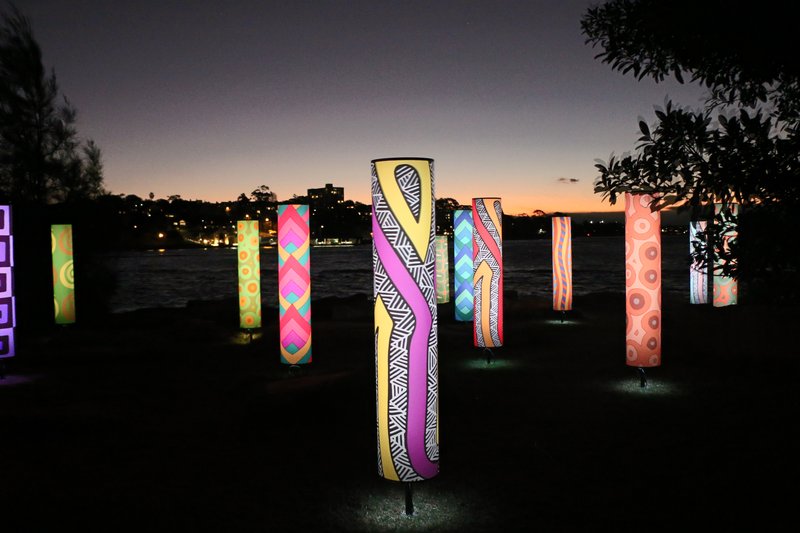NAVA launches First Nations Policy to strengthen cultural safety and self-determination
NAVA is proud to launch its new First Nations Policy to support an empowered First Nations workforce within NAVA.
NAVA is proud to launch its new First Nations Policy to support an empowered First Nations workforce within NAVA.

Today, the National Association for the Visual Arts (NAVA) proudly launched its First Nations Policy 2024-2029, setting a clear and strategic path to enhance First Nations representation, employment, and advocacy within the visual arts sector through the organisation’s work.
This comprehensive policy highlights NAVA’s commitment to creating a culturally safer environment that supports and sustains an empowered First Nations workforce within NAVA, while strengthening engagement with First Nations artists, arts workers, and organisations.
Key objectives include:
Chair of the NAVA Board, Clothilde Bullen said, “It is an incredibly proud moment for me personally and as the Chair of the NAVA Board to offer this policy to the arts sector, and to introduce it as a key framework for the way that NAVA conducts its business. It encapsulates best practice in a way that has not been seen previously, and it is my hope that other organisations in our sector can utilise this policy to inspire their own work in what is a critical area of responsibility for us all.”
Aboriginal and Torres Strait Islander Director on the NAVA Board, Ryan Presley, expressed, “I’m very proud and enthusiastic about the development and release of NAVA’s First Nations Policy. It is an impressively rigorous approach, and I think it reflects well NAVA’s ambitious but capable spirit. It is an important example of clear initiative in addressing important aspects shortcomings of our industry.”
The policy emphasises shared responsibility across the organisation to drive meaningful change. Key actions include:
NAVA’s Executive Director, Penelope Benton, said, “We understand that these changes require sustained effort and engagement across the sector. Through this policy, we aim to not only support First Nations practitioners but also to embed First Nations perspectives into every aspect of our work, from policy development to advocacy and education.”
The First Nations Policy 2024-2029 is part of NAVA’s broader commitment to addressing systemic inequities in the visual arts sector and working collaboratively with First Nations artists to ensure that their cultural heritage, ways of working and representation is honoured and celebrated.
Warwick Keen in collaboration with Mandylights, ‘NURA’ 2022. Installation view at VIVID Sydney 2022, North Barangaroo and extended through to Walsh Bay. Photo by Warwick Keen.
ID: Photo of a public art installation featuring illuminated poles in various colours and patterns taken at sunset.